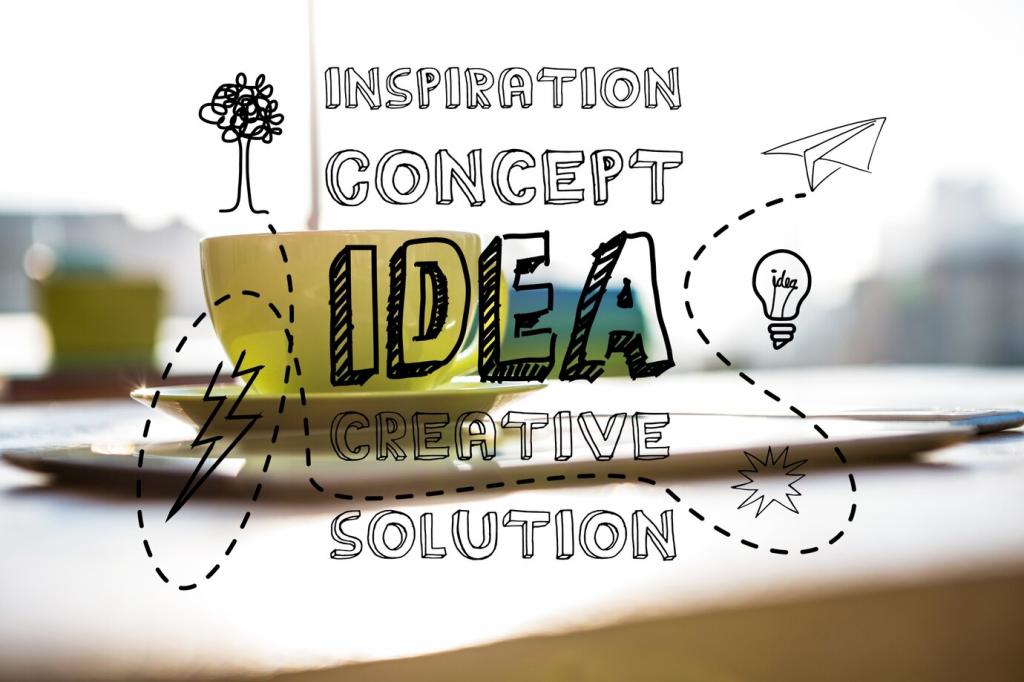Strategic Thinking: Frame Problems That Truly Matter
Start with outcomes, not outputs. Use problem statements, jobs-to-be-done, and user stories to uncover the real friction. A single clarified question can redirect an entire roadmap, saving months and revealing smarter solutions.
Strategic Thinking: Frame Problems That Truly Matter
Zoom out from isolated pages to the ecosystem: inputs, dependencies, and feedback loops. Map how changes ripple through onboarding, support, and retention. Systems thinking turns reactive fixes into durable, scalable design strategies.






